101 Guide: How To Measure ROI With Salesforce?
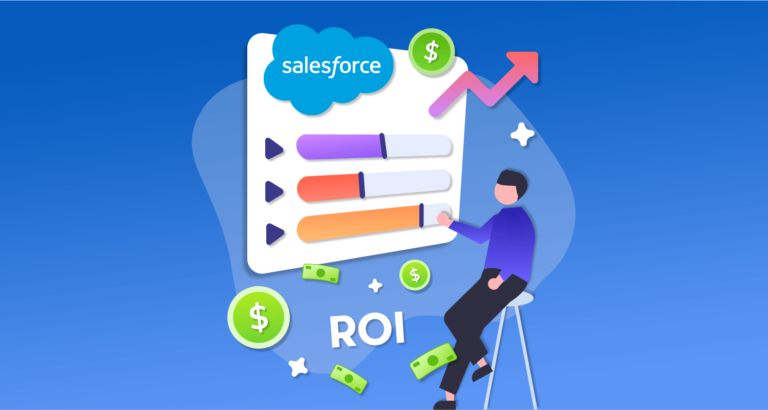
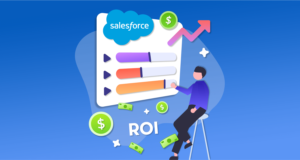
Share this article

The Internet's power opens a wide door for companies to reach thousands of customers worldwide. The endless possibility requires business owners to act fast and innovate their sales process to meet the demand. That's why a Customer Relationship Management system (CRM) is an indispensable part of a business in the 21st century.
CRM software such as Salesforce, Hubspot, SAP, and Zoho are among the most popular. In the sea of software, Salesforce stands out as the pioneer in increasing productivity and creating a one-stop solution for every business task. Today, let's find out how to measure Return on Investment (ROI) - one of the most vital metrics to determine the company's survival.
CRM software such as Salesforce, Hubspot, SAP, and Zoho are among the most popular. In the sea of software, Salesforce stands out as the pioneer in increasing productivity and creating a one-stop solution for every business task. Today, let's find out how to measure Return on Investment (ROI) - one of the most vital metrics to determine the company's survival.
Salesforce, or CRM in general, is your greatest ally
Now it would be repetitive to tell you what a CRM is. Yet, it's never excessive to stress the importance of CRM in business expansion.
Consumers usually believe CRM is only a tool to support the sales team in managing their prospects, including simple tasks such as recording customer data and sales revenue. In fact, CRM involves much more than the typical assumption, as it plays a crucial role in determining customers' experience with the brand.
Therefore, 65% of companies decide to integrate CRM into their operations during the first five years. Some may argue that CRM is only suitable for giant multinational enterprises with thousands of employees. However, 91% of small businesses with ten or more staff have chosen CRM to supervise client conversations.
Based on its function, CRM is divided into three main categories: Operational, Analytical, and Collaborative. Salesforce is considered an "ideal" system since it covers all these traits.

Salesforce and its extensive functions offer six main benefits for its users:
Consumers usually believe CRM is only a tool to support the sales team in managing their prospects, including simple tasks such as recording customer data and sales revenue. In fact, CRM involves much more than the typical assumption, as it plays a crucial role in determining customers' experience with the brand.
Therefore, 65% of companies decide to integrate CRM into their operations during the first five years. Some may argue that CRM is only suitable for giant multinational enterprises with thousands of employees. However, 91% of small businesses with ten or more staff have chosen CRM to supervise client conversations.
Based on its function, CRM is divided into three main categories: Operational, Analytical, and Collaborative. Salesforce is considered an "ideal" system since it covers all these traits.

Salesforce and its extensive functions offer six main benefits for its users:
- Increase business profits
- Personalize the customer journey
- Innovate customer service
- Analyze and forecast
- Centralize data
KEY TAKEAWAYS
- CRM is the key to increasing deal won rate, improving customer experience, and creating more brand satisfaction.
What is ROI, and why do you need to measure it?
As mentioned, a key benefit of Salesforce is analysis, as it can identify, track and report essential benchmarks based on the needs of the business. For companies, especially SMEs, ROI is one of the metrics that cannot be ignored.
According to Forbes,

Knowing your ROI rate guarantees a successful and long-term strategy with attainable goals. It's decisive for the company to understand how to allocate its budget for necessary and profitable investments. Typically, business owners focus on ROI for Marketing (MROI) and Recruitment since these fields can change drastically.
For example, within a quarter, the marketing team may propose creative ideas, such as organizing events or opening a pop-up stall. To balance the financial picture, managers must calculate the ROI for each action and choose the best in the situation.
You can find the most common way to calculate ROI here.

In the case of CRM, this is one of the most fruitful investments. Besides the power to transform how the sales and marketing team work, CRM is the perfect foundation to measure the ROI of other activities.

Today, we will walk you through the five steps to measure ROI with Salesforce CRM. This article concentrates on how Salesforce supports you in evaluating the MROI.
Read more | Calculate your B2B Commerce ROI with Salesforce
The very first step when measuring MROI, or the ROI of any investment, is identifying your target and budget. This comparative benchmark defines the effectiveness of the projects/products and whether you should continue investing in them.
After knowing your goals and finances, Salesforce is ready to help you measure your ROI from marketing activities. Multiple marketing aspects, such as nurturing email, social media, or branding events, must be considered. Therefore, you need to create a campaign or so-called "tag" in Salesforce to track the performance of that particular task. It records predetermined data, such as customer information, to generate future ROI reports.
The next step is setting up your campaign on forms and pages you want to evaluate. It can be a landing page with a submission form, a chain of scheduled nurturing emails, or a downloaded eBook. Tag your activity with your created campaign so Salesforce can gather all required data.
You can run your marketing activities normally when you complete the technical part. Salesforce will extract the data it learns from the tags and then create an MROI report. You can find it in the Reports dashboard.
According to Forbes,
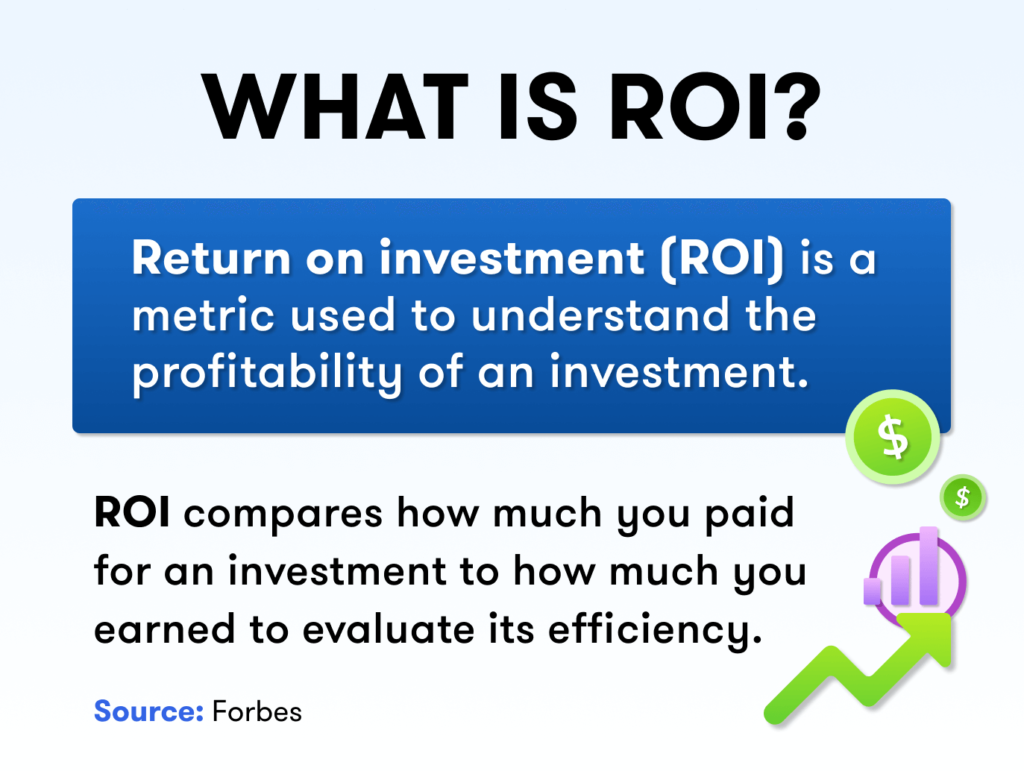
Knowing your ROI rate guarantees a successful and long-term strategy with attainable goals. It's decisive for the company to understand how to allocate its budget for necessary and profitable investments. Typically, business owners focus on ROI for Marketing (MROI) and Recruitment since these fields can change drastically.
For example, within a quarter, the marketing team may propose creative ideas, such as organizing events or opening a pop-up stall. To balance the financial picture, managers must calculate the ROI for each action and choose the best in the situation.
You can find the most common way to calculate ROI here.
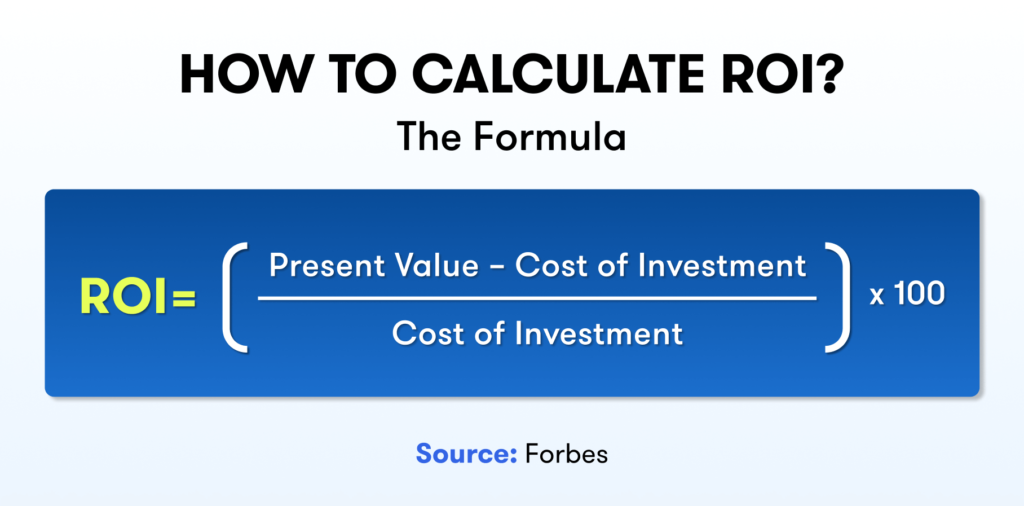
In the case of CRM, this is one of the most fruitful investments. Besides the power to transform how the sales and marketing team work, CRM is the perfect foundation to measure the ROI of other activities.
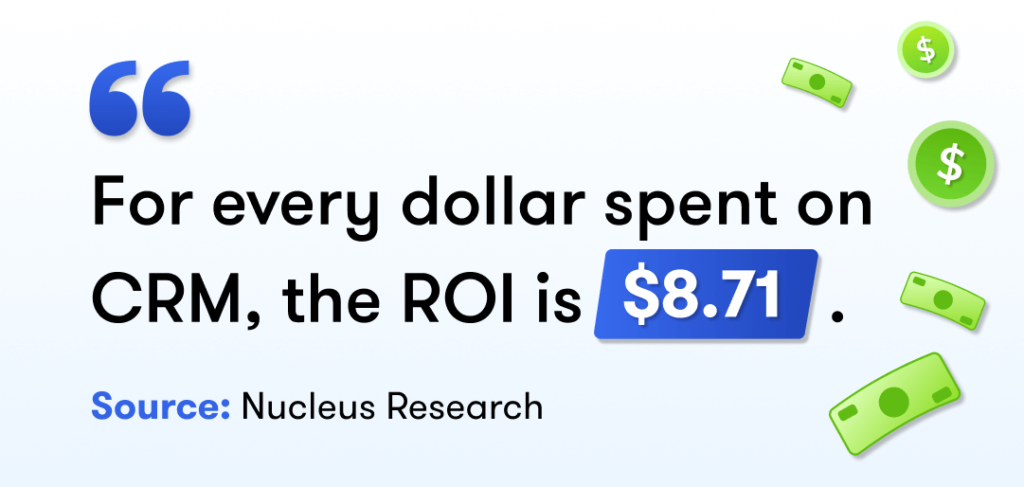
Today, we will walk you through the five steps to measure ROI with Salesforce CRM. This article concentrates on how Salesforce supports you in evaluating the MROI.
Read more | Calculate your B2B Commerce ROI with Salesforce
The very first step when measuring MROI, or the ROI of any investment, is identifying your target and budget. This comparative benchmark defines the effectiveness of the projects/products and whether you should continue investing in them.
After knowing your goals and finances, Salesforce is ready to help you measure your ROI from marketing activities. Multiple marketing aspects, such as nurturing email, social media, or branding events, must be considered. Therefore, you need to create a campaign or so-called "tag" in Salesforce to track the performance of that particular task. It records predetermined data, such as customer information, to generate future ROI reports.
The next step is setting up your campaign on forms and pages you want to evaluate. It can be a landing page with a submission form, a chain of scheduled nurturing emails, or a downloaded eBook. Tag your activity with your created campaign so Salesforce can gather all required data.
You can run your marketing activities normally when you complete the technical part. Salesforce will extract the data it learns from the tags and then create an MROI report. You can find it in the Reports dashboard.
Challenges when using Salesforce
Everyone agrees that Salesforce is one of the most beneficial tools to grow and scale a business. Yet, business owners still hesitate to use Salesforce in their process. We list below the four most common challenges Salesforce users face.
1. Difficulties in contacting support
Although Salesforce provides free guidelines like its Trailhead page, indirect online tutorials cannot apply to each business's circumstance. Their support team normally has a 2-day response time, but it would be too slow for companies in need of immediate assistance.2. Lack of customization
Each brand has specific goals and needs, and the system should be able to convey all these requirements into useful features. Salesforce is designed to serve a large number of users, but it's impossible to fulfill every demand perfectly. Regarding this problem, Salesforce shows its fatal weakness in customization ability, requiring multiple resources to bring unique requests to practical usage.3. Integration issue
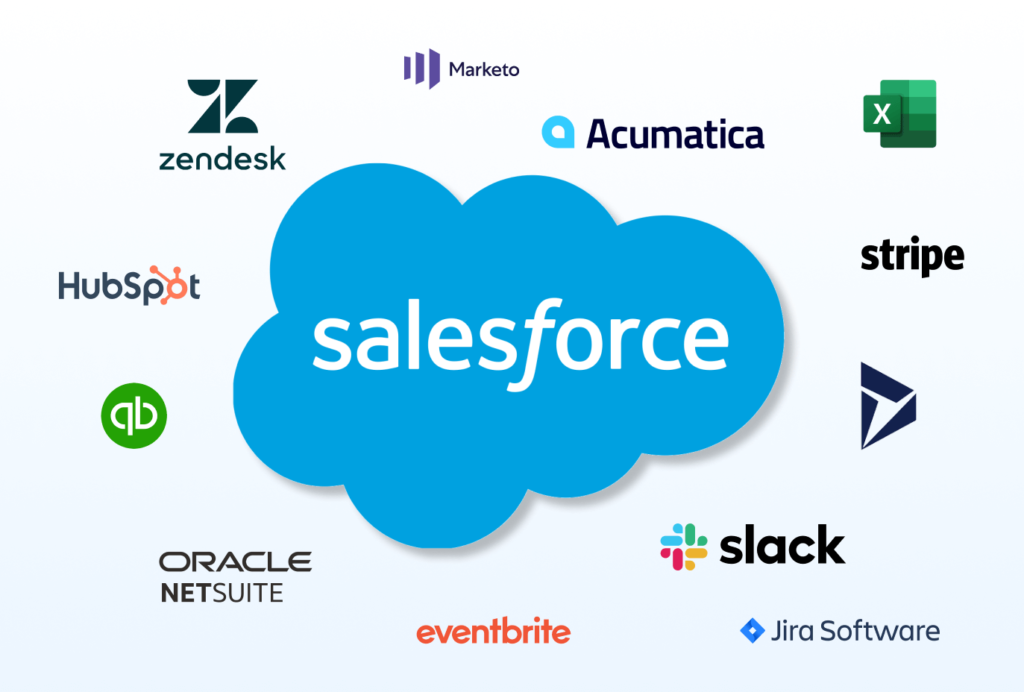
Salesforce is famous for its ability to connect with various add-ons to expand its power. However, this poses a risk of complicated processes and data leakage. Its rigid system only adds to the problem and becomes a massive headache for its users.
4. Not the most user-friendly system
Developers constantly improve CRM features with users in mind; for instance, we can measure ROI with Salesforce. Yet multiple problems related to its friendliness still need to be resolved. Two of the most concerning difficulties are:- User permission and hierarchy status in the app (Who can access which data, who can accept/deny requests, etc.)
- Reports and dashboards (Creating more analysis for vital metrics is in high demand)
To conclude,
It's possible to measure ROI with Salesforce. However, the concern is whether your business can take full advantage of this incredible CRM. Although it has great power to support literally every step in your sales funnel, Salesforce still poses huge threats as its operation can be quite tricky and complicated. It's crucial to have trusted staff who understand how to maximize Salesforce's potential. And Consultport, the top Salesforce consultants, is only one call away!
With a team of hundreds of global experts, Consultport has every answer to Salesforce optimization. We support your business, from building a concrete foundation with necessary integrations to customizing a specialized solution based on your needs. Furthermore, Consulport simplifies the analysis process with performance identification, which helps you improve marketing activities and unload the burden of reading data.
Contact us to upgrade your Salesforce game ASAP!
With a team of hundreds of global experts, Consultport has every answer to Salesforce optimization. We support your business, from building a concrete foundation with necessary integrations to customizing a specialized solution based on your needs. Furthermore, Consulport simplifies the analysis process with performance identification, which helps you improve marketing activities and unload the burden of reading data.
Contact us to upgrade your Salesforce game ASAP!
Share this article
Premium content,
on a weekly basis.
on a weekly basis.
Subscription implies consent to our privacy policy.
×


Premium Content, on a Weekly Basis
Subscribe to the Consultport Blog for expert insights on consulting, digital transformation, and the future of work, delivered straight to your inbox.

Discover our Consultant's Expertise
Ready to get access to the world’s best consultants?
